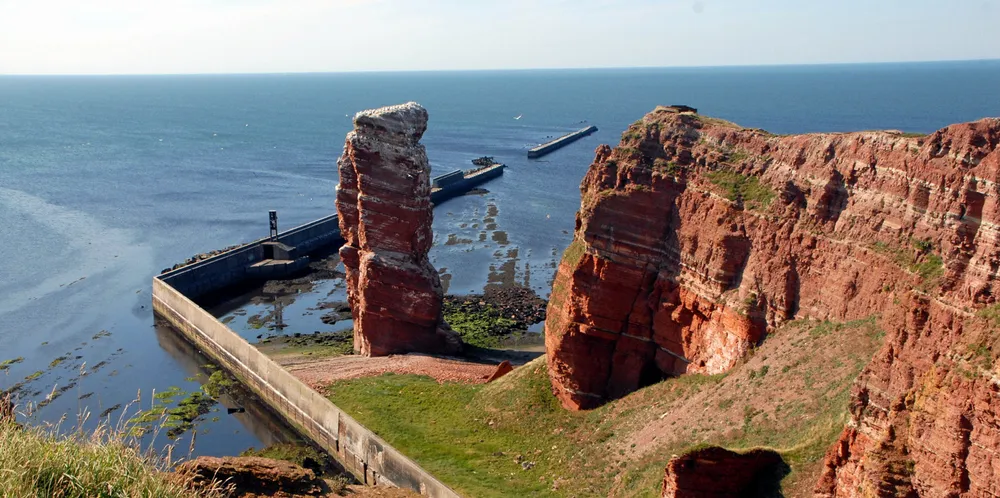'Enormous demand makes 10GW AquaVentus green hydrogen plan very likely to get built'
AquaVentus top executives from Siemens Gamesa and RWE tell Recharge there is no reason the vast German project should not deliver – if policymakers do their part

AquaVentus top executives from Siemens Gamesa and RWE tell Recharge there is no reason the vast German project should not deliver – if policymakers do their part
